 |
| © Jon Lane |
Tonight... a guest blog by UK gundog trainer and author, Pippa Mattinson - pictured above (centre) with me and my dogs on Salisbury Plain in 2012 when I interviewed her for Dogs Today Magazine.
Pippa wrote the guide below for her excellent Happy Happy Puppy Site and I reproduce it here with her permission. Simple... and to the point.
Dog Breeds – 8 Things to Avoid When Choosing Your Puppy
No-one wants their dog to get sick or be disabled. Here is a simple way to avoid some common structural health problems in your new best friend.
These are important health warning signs that no puppy buyer should ignore.
Sometimes we have to rely on DNA tests to help us choose healthy puppies, but in some cases the potential for health problems is obvious to the naked eye.
Problems you can see for yourself
This article will show you some common structural problems in domestic dogs that are known to cause pain, or suffering, or which are a threat to your dog’s survival.
Problems which you will be able to recognise when you look at an individual dog or in some cases entire breeds of dog
Look at your puppy’s parents
These features may not be so obvious in tiny puppies, so you will need to look at the parents rather than at the puppy itself.
These are structural faults in a dog rather than diseases, but they are inherited. And while they are more likely to be found in pedigree dogs, they may also be present in some crossbreeds.
If the parents of your puppy have any of the following features, beware!
1. Dog breeds with closed nostrils
A dog’s nostrils should be a large open tunnel. The entrance should be almost an O shape.
This is an image of a normal healthy nostril.
The problem with closed nostrils
Nostrils are an important part of your dog’s breathing apparatus.
They are also a visual indication or clue, to what is happening inside your dog.
An abnormal or ‘stenotic’ nostril is often connected with other respiratory problems.
Collapsed tracheas and obstructed airways, for example
This nose belongs to a dog with severely stenotic nares, or closed nostrils.
Not much air is going to get through those openings!
If the parents of your future puppy have nostrils shaped like a crescent or worse like a little crack, my best advice is that you walk away. Behind that nose lies a whole raft of other problems.
You can read more about the problems associated with compromised respiratory systems here.
2. Dog breeds with bulging eyes
A dog's eyes should be adequately recessed into his skull. This enables the eye to be protected from injury. It also allows the eyelids to close properly.
This is what happens to some breeds of dog where breeders have thoughtlessly continued to breed from dogs with bulging eyes.
The eyelids literally cannot meet properly over the eyeball and the dog is doomed to spend his entire life with his eyes partly open.
Bulging eyes can also sometimes pop out of their sockets. Not a pleasant experience for the dog, and a pretty shocking one for his owner.
3. Dog breeds with long backs
When you choose a dog breed, try to avoid dogs whose backs are much longer than their legs.
I know, I know, dachshunds are SO cute.
But that cute waddle often comes with a lot of pain.
Compare the pictures to the right. The difference in body/leg proportions between otherwise quite similar breeds is shocking.
A sad comment and photo was posted on social media recently.
A lady put up a picture of her young dachshund, his back swathed in surgical dressings. She was posting, she said, to warn other dachshund owners, not to allow their dogs to jump.
Her dachshund had ruptured two discs jumping off the sofa, had just had surgery, and had a 20% chance of never being able to walk again.
The fact is, it is perfectly safe for a healthy dog to jump on and off a sofa.
The cause of this problem is not the ‘jumping’ but the abnormal structure of the dog.
What is so very wrong about this situation is that we should not in all conscience, be breeding dogs that cannot safely run, jump and swim – these are all natural functions for a dog.
4. Dog breeds with deeply folded skin
Skin folds look kind of cute too don’t they? They give a dog a cuddly look and can make for some very characterful facial expressions.
Skin folds collect dirt and harbour germs.
They also drag the dog’s facial skin downwards leaving the delicate surface of the eye area exposed to dirt and infection.
Common problems associated with deeply folded skin are painful skin-fold dermatitis, and distressing eye infections.
Owners will often have to dip into their wallets to have the skin around their dog’s eyes stitched or tacked, some dogs will even need the equivalent of a facelift.
Excessive skin folds are also associated with collagen disorders which can cause joint problems in puppies and older dogs
5. Dog breeds with corkscrew tails
It is hard to imagine what it must feel like to have your tail grow back into your skin, but this is a problem that occurs in corkscrew tailed dogs like the Bulldog.
Not to mention hard to keep clean.
Even more importantly, corkscrew tails are associated with serious spinal problems.
You can read more about those here, but seriously – corkscrew tails – not a good thing!
6. Dog breeds with banana backs
Your dog’s back needs to be fairly level. This isn’t about what I think looks pretty or what you think looks pretty. This is about health.
A slight slope from shoulders to rump (or occasionally the other way) may not be a problem, but anything more is not healthy.
This is because the spine does not exist in isolation.
It connects with the legs at the hips and shoulders and the angles at which all these joints fit together is crucial to the dog’s health.
It’s about mechanics. And we interfere with those mechanics at the dog’s peril.
Nature designed the dog’s ancestor (the grey wolf) in exactly the right proportions.
Giving them full freedom of movement and joint health.
Beware any dog who lacks these proportions, where the back is roached or bent, or where the angles between the bones of the leg differ from those of the wolf.
Especially when this is taken to extremes, as are sadly now seen in some lines of German Shepherd dogs.
7. Dog breeds with flat faces
Puppies with flat faces are hugely popular at the moment. But the sad truth is that many have a tough life ahead of them.
You see, a healthy dog relies on the length of its muzzle to house its cooling system and its teeth.
When we shrink dogs faces, we only shrink the bones inside. Everything else that a normal dog has in its muzzle, soft palate, teeth etc, all has to be crammed into a much smaller space to fit in the flat faced dog.
Something has to give.
Flat faced dogs cannot cool themselves, so they don’t run about so much. Not because they lack enthusiasm, but in order to stay alive.
They are liable to fainting, and serious breathing problems where the airway becomes obstructed.
Surgical repairs to the airway are sometimes possible, but will cost you a small mortgage.
You can read more about the issues associated with brachycephaly here.
8. Dog breeds with noisy breathing
This tends to go with the flat face, but noisy breathing is not a good thing!
Dogs should not be snorting, or grunting, gasping, or constantly panting in cool weather.
These are not just noises, they are clear signs of discomfort.
Don’t be influenced by a breeders claims that it is normal for the breed – they are symptoms of ill health.
Normal for the breed?
Some breeders will tell you that bulging eyes, closed nostrils, long backs etc are ‘normal’ for the breed. This may in some cases be true.
But think about that for a moment.
Do you really want to perpetuate a trade in selling dogs whose lives are destined for pain and suffering?
The dog whose body shape you like may be cute, but isn’t he entitled to a happy healthy life?
And do you really want to spend a fortune on veterinary care, only to have to have your dog put to sleep at far too young an age?
Giving your puppy a healthy start
There are so many things in life we cannot control or prevent. But this is something you can influence. You have a choice here.
Why take on a puppy whose future is so uncertain?
There are many pedigree dog breeds that don’t suffer from these kinds of structural problems.
If you read our reviews on the breed you like, where the breed’s health has been compromised through poor structure, you’ll often find suggestions for alternative breeds.
Do your dog a favour and make sure he at least starts out with a healthy body. You’ll be helping to give dogs a better future too.
How you can help disabled breeds of dog
There are as yet, no laws in the UK governing the kinds of deformities breeders can create in dogs or other animals.
A dog breeder is legally entitled to breed dogs that can’t swim, can’t give birth without surgery, can’t cool themselves, or breath if they run, can’t jump or climb.
He or she can breed dogs that will have a high chance of suffering from agonising brain disease. He can breed dogs that have to sleep sitting up in order to breath, or dogs that may never be able to close their eyes properly.
And he will continue to do so as long as people give him money for his puppies.
No one will stop him. Not the Kennel Club who continue to register his puppies. And not the legal system as no laws exist to protect animals from bad breeding.
It is up to us to change dog breeds
One day the law will change, but until then it is up to us, the puppy buyers to make a stand for the welfare and protection of our dogs.
If you want an adorable pug with his flat face, or a cute dachshund with his stumpy legs, or a bloodhound with his droopy eyes, why not go to a breed rescue. That way, you won’t be encouraging breeders to make more like him.
Let’s say NO to the deliberate breeding of more disabled dogs. In this way we can together, make the future of our pedigree breeds a little brighter
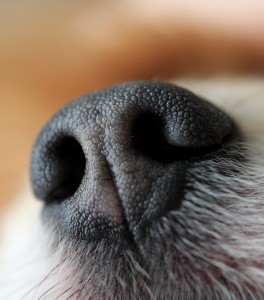
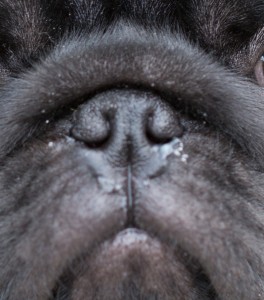
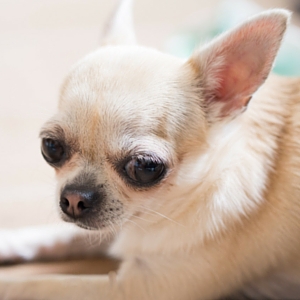
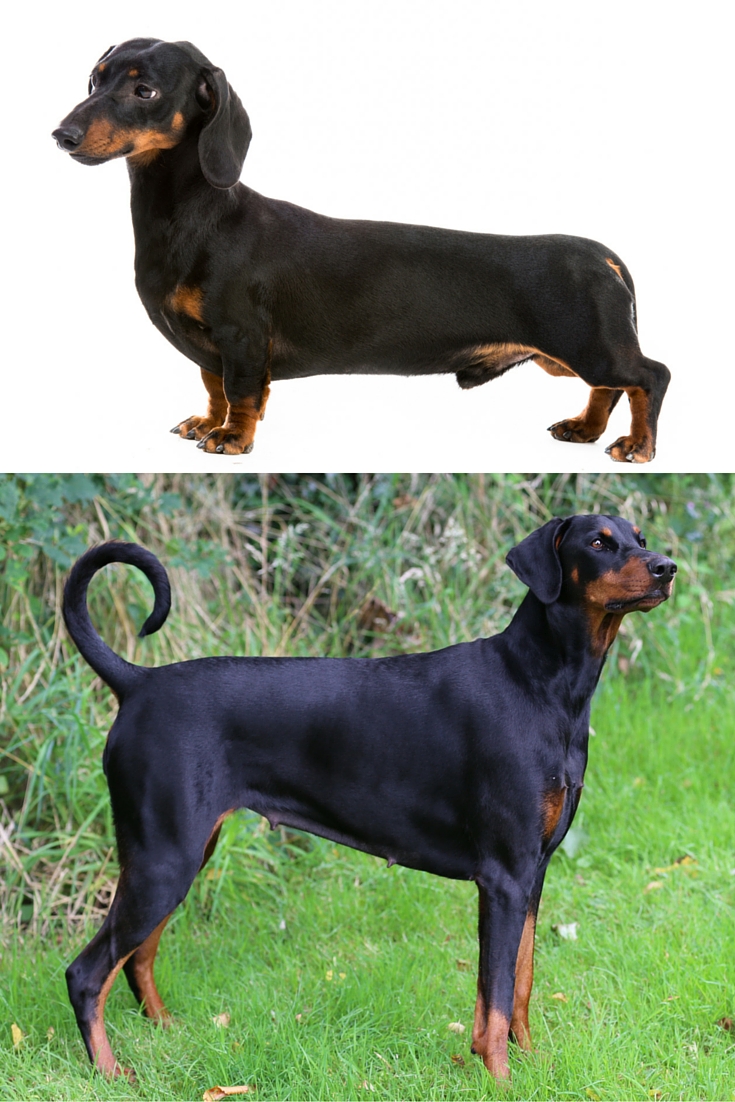

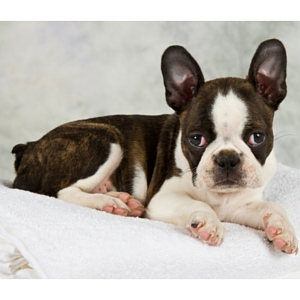
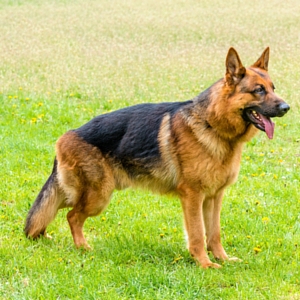

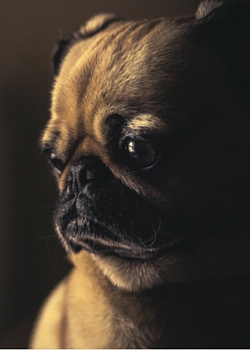

In at least some cases, it's possible to choose a pup from parents of a breed now known for deformity that do not have that deformity.
ReplyDeleteThere are many German shepherd dogs who are not slinking, banana-backed weirdos.
Support the breeders of sound German shepherds by buying pups from straight-backed parents with normal angulation.
That will tend to come in a package with general better health, sound temperament, working potential and athleticism.
This comment has been removed by the author.
DeleteBuying from GSD breeders who don't do conformation showing - ever - is a good idea, too. Because that's where most of the trouble is. And you sure won't find GSDs with normal backs and angulation in a conformation ring.
DeleteGreat post. Simple and direct: don't get structural unsound puppies, which often belong to certain breeds that have been intentionally bred that way.
DeleteAs for GSDs, their breeding has been going awry for a long time. They are descended from Old German Herding Dogs, landraces with high genetic diversity that have been thriving in northern Europe for centuries. Max von Stephanitz's first GSDs were fit, but selecting a few individuals as founders for the standardized breed resulted in a greatly reduced gene pool (as is always the case).
To make matters worse, GSD breeders are constantly shifting what they call a GSD, splitting off new "breeds," further shrinking the gene pool each time. Now there are German GSDs, American GSDs, Berger Blanc Suisse, American white shepherds, Shiloh shepherds, and so on. This is why today's GSDs (or whatever their new name is) are now among the most prone to allergies, dermatitis, hip dysplasia, and other conditions. Add to that the fad of breeding many of them with deformed (sloped) croups, and this once mighty population of herding dogs is now a mess.
If you really want to help the GSD - or any population of domestic wolf (dog) - stop supporting closed registry breeding, and start supporting the breeding of healthy, normal dogs that are allowed to outcross, so they are free of inbreeding and extreme morphology.
Ya I was going to say, this is the best, clearest, simplist puppy buying guide that I think exists out there on the world wide information super highway. I do hope it gets a huge number of hits. Maybe also a good slide presentation for a youtube video linked (for hit purposes) to every breed that exists?
DeleteCloser to your point, though in-breeding might be another point to add along the same simple, basic, clear lines as above. Don't buy a dog whose mother or father are closely related you would hardly marry your sister would you?! etc.
While its true its safer to avoid many dogs from showing stock that's a much harder and lenghy point to bring across. It's already quite a muddied path and might distract from clarity. Maybe a second guide "The advanced puppy buyers guide" (: ?
Every prospective puppy buyer should note this advice. If we stop buying dogs with harmful features, breeders will stop breeding them. A big win for dogs. Thanks for sharing this.
ReplyDeleteYou should also add extreme size as dogs before the second world war was rarely above 50 kg.
ReplyDeleteGreat Pyrenees and many giant breeds can be over 50 kg....
DeleteA Great Pyrenees or a Saint Bernard with the body shape and growth pattern as gray wolf would be ideal as gray wolf has half the body mass of these dog breed and can live as long as 18 years in zoos.
DeleteGreat post! Agree with Knut J - an addition of "Beware too of very very big and very very small, beacuse both are too far away from the orginal design to safe sizes for a dog to live in" - well, that should be added. An artticle in a Swedish dog mag recently put it very well: STAY AWAY FROM THE VERY VERY DOG!
ReplyDeleteAfter checking the link, I think you need a better image to illustrate screw tails. Neither the image on the blog post nor the one at the link really show the problem.
ReplyDelete*I* know what that looks like, and so do a lot of people who are widely experienced with dogs, but it's hard to describe to someone who hasn't seen it.
And the Doberman has a way too deep slab sided chest which will be prone to bloat. ooops.
DeleteOne other thing: these physical characteristics are deleterious whether purebred or mixed. If I breed a French bulldog to an English bulldog, that mysterious "hybrid vigor" is unlikely to help the puppies breathe.
ReplyDeleteBlanket statements are often misleading. I own two dogs from brachycephalic breeds which sometimes produce corkscrew tails. One is seven years old and the other will be eight this month. Neither has breathing problems. One has a very short (almost nonexistant) tail and the other has a straight tail. Neither dog "lives in pain" and neither have had breed-related health problems in their lives. There are breeders out there trying to breed healthy dogs of these breeds. Many of these are wonderful dogs. Rather than eliminating these breeds, we should be trying to change the breed standard so that the dogs will be healthier.
ReplyDeleteAlso be very leery of breeders trying to market 'rare' types of purebred dogs...much shorter, different colors (all black, all red, all white or 'rare' colors for otherwise standard colorization of breed) etc. Rare is for steak, not for dogs. You want clear genetics, strong hips and joints,etc. Don't be swayed by the 'omg look how CUTE" or the 'I have a RARE type of......". Health should be your first concern.
ReplyDeleteBrilliant, wonderful, fabulous! Best article ever!
ReplyDeleteThat says it all, and says it so well and so relevantly. That's it. That's exactly it.
http://www.villagevoice.com/news/why-french-bulldogs-and-their-owners-are-the-worst-a-rant-7999541
ReplyDeleteDogs with long backs... in writing here back in 2015, around when the Kennel Club changed the reed standard for the weimaraner, against the will and opinion of the breed club.
ReplyDelete